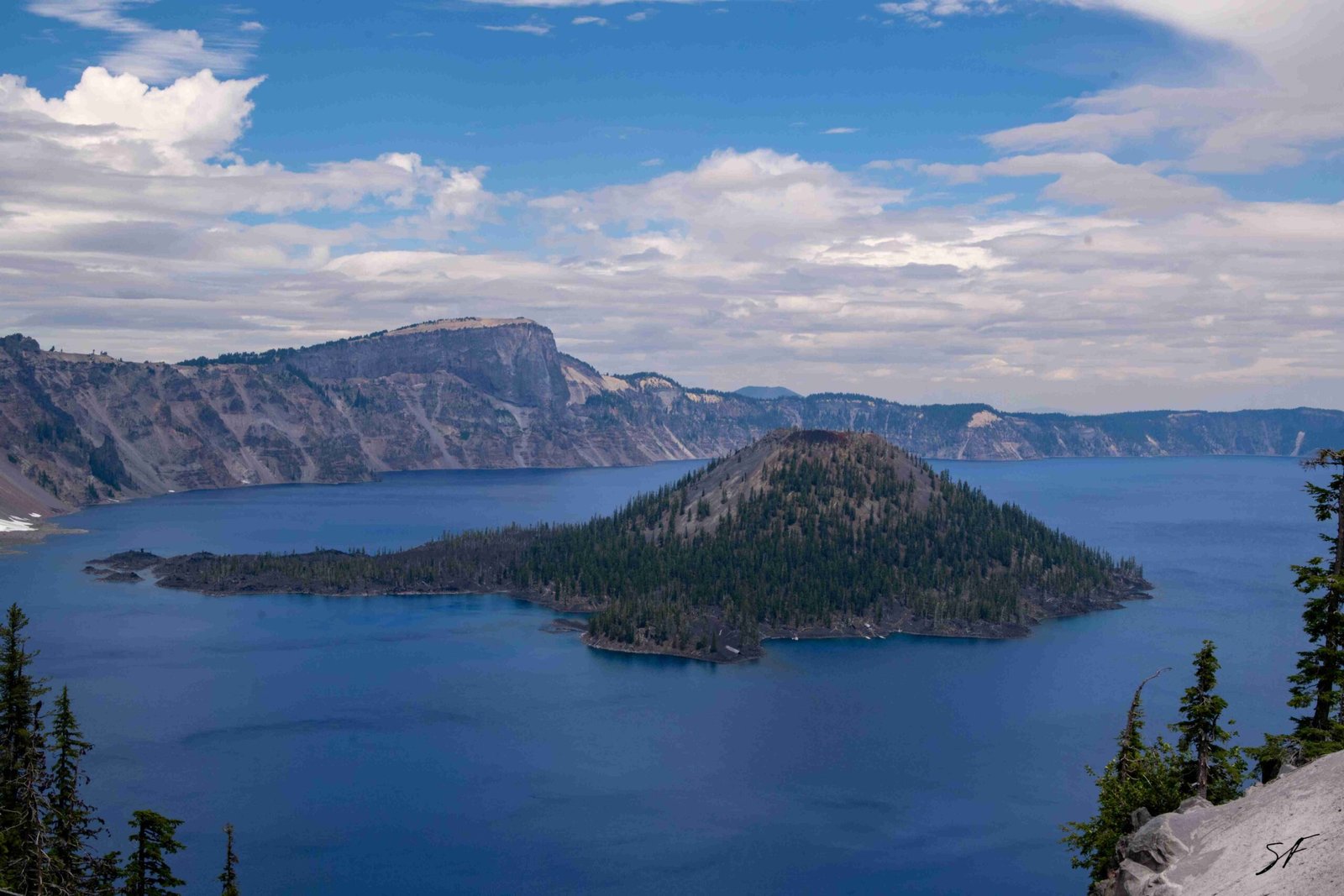Crater Lake, located in Oregon, is a stunning example of volcanic activity within the Pacific Ring of Fire. Formed by the collapse of Mount Mazama approximately 7,700 years ago, this caldera lake showcases the dramatic geological processes that shape our planet. With its deep blue waters and surrounding volcanic landscape, Crater Lake offers visitors a unique glimpse into the powerful forces that continue to shape the Earth’s surface along the Ring of Fire.
What is the Geological Significance of Crater Lake in the Ring of Fire?

Crater Lake holds immense geological significance as part of the Pacific Ring of Fire, a region known for its intense volcanic and seismic activity. Here are key points that highlight its importance:
- Caldera Formation: The lake occupies a caldera formed by the catastrophic collapse of Mount Mazama.
- Volcanic History: It represents a major volcanic event in the Cascade Range.
- Ongoing Geological Processes: The area continues to be monitored for potential future volcanic activity.
- Unique Ecosystem: The lake’s isolation has created a distinct aquatic environment.
How Did Crater Lake Form Within the Ring of Fire?

The formation of Crater Lake is a testament to the powerful geological forces at work in the Ring of Fire. Here’s a breakdown of its formation process:
- Pre-eruption Phase:
- Mount Mazama began forming about 400,000 years ago.
-
It reached its peak height of approximately 3,700 meters (12,000 feet) around 42,000 years ago.
-
Climactic Eruption:
- Occurred approximately 7,700 years ago.
- Ejected about 50 km³ of magma, primarily rhyodacite pumice and fine ash.
-
Covered vast areas of the northwestern United States and central Canada.
-
Caldera Collapse:
- The massive eruption led to the collapse of Mount Mazama’s summit.
-
Created a caldera about 10 kilometers (6.2 miles) in diameter and 600 meters (2,000 feet) deep.
-
Lake Formation:
- Over time, the caldera filled with rain and snowmelt.
- Resulted in the deep, blue lake we see today.
What Are the Key Geological Features of Crater Lake?
Crater Lake boasts several remarkable geological features that make it a unique destination within the Ring of Fire:
- Caldera:
- Diameter: 10 kilometers (6.2 miles)
-
Depth: 600 meters (2,000 feet)
-
Wizard Island:
- A cinder cone that formed within the caldera after the collapse
-
Rises above the lake floor, which is almost 2,000 feet below the surface
-
Rock Types:
- Caldera walls display layering of lava flows
-
Primarily composed of andesite, dacite, and rhyodacite
-
Glacial Features:
- U-shaped valleys: Kerr Notch, Sun Notch, and Munson Valley
- Glacial striae and moraines around the caldera rim
| Feature | Description |
|---|---|
| Caldera | 10 km diameter, 600 m deep |
| Wizard Island | Post-collapse cinder cone |
| Rock Composition | Andesite, dacite, rhyodacite |
| Glacial Evidence | U-shaped valleys, striae, moraines |
What Hiking Opportunities Exist Around Crater Lake?
Crater Lake offers several hiking trails that allow visitors to experience its geological wonders up close:
- Cleetwood Cove Trail:
- Length: 2.2 miles round trip
- Elevation Change: 700 feet
- Difficulty: Strenuous
-
Unique Feature: Only trail leading to the lake’s shoreline
-
Garfield Peak Trail:
- Length: 3.6 miles round trip
- Elevation Gain: 1,000 feet
-
Offers panoramic views of the lake and surrounding landscape
-
Watchman Peak Trail:
- Length: 1.6 miles round trip
- Elevation Gain: 400 feet
-
Features a historic fire lookout tower
-
Rim Trail:
- Length: 33 miles total
- Circumnavigates the rim of Crater Lake
- Can be hiked in sections
- Difficulty varies along the trail
What is the Volcanic History of Crater Lake?
Crater Lake’s volcanic history is a crucial part of its role in the Ring of Fire:
- Early Formation:
- Mount Mazama began forming about 400,000 years ago
-
Grew through episodic eruptions of overlapping shield and composite volcanoes
-
Climactic Eruption:
- Occurred approximately 7,700 years ago
- Ejected massive amounts of magma
-
Led to the collapse of the volcano and formation of the caldera
-
Post-Caldera Activity:
- Smaller, less violent eruptions within the caldera
-
Resulted in the formation of Wizard Island and other cones
-
Impact on Landscape:
- Devastated surrounding areas up to 64 kilometers (40 miles) away
-
Deposited ash as far as central Canada
-
Ongoing Monitoring:
- USGS and other organizations continue to monitor seismic activity
- Aim to understand ongoing volcanic processes and potential future eruptions
What Should Visitors Know Before Visiting Crater Lake?
For those planning to explore Crater Lake and its Ring of Fire geology, here are essential details:
- Park Access:
- Open year-round
-
Some facilities may close during winter months
-
Entrance Fees:
-
Various passes available, including America the Beautiful annual pass
-
Parking:
- Available at trailheads and visitor centers
-
Can be limited during peak season
-
Accessibility:
- Some trails and facilities are accessible for visitors with disabilities
-
33-mile Rim Drive offers many accessible viewpoints
-
Ranger-Led Programs:
- Available during summer months
-
Focus on geology and volcanic history
-
Current Conditions:
- Weather, especially snow and ice, can affect access in winter
- Check the park’s website for up-to-date information on trail conditions and closures
By understanding these aspects of Crater Lake’s geology and visitor information, travelers can fully appreciate this remarkable feature of the Ring of Fire and its significance in the Earth’s ongoing geological processes.
